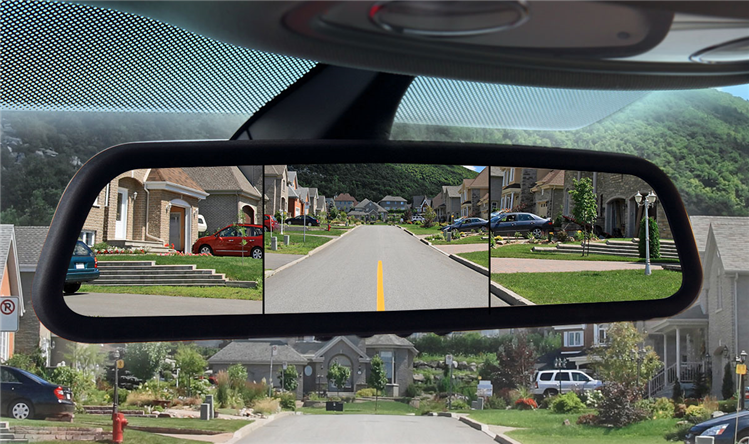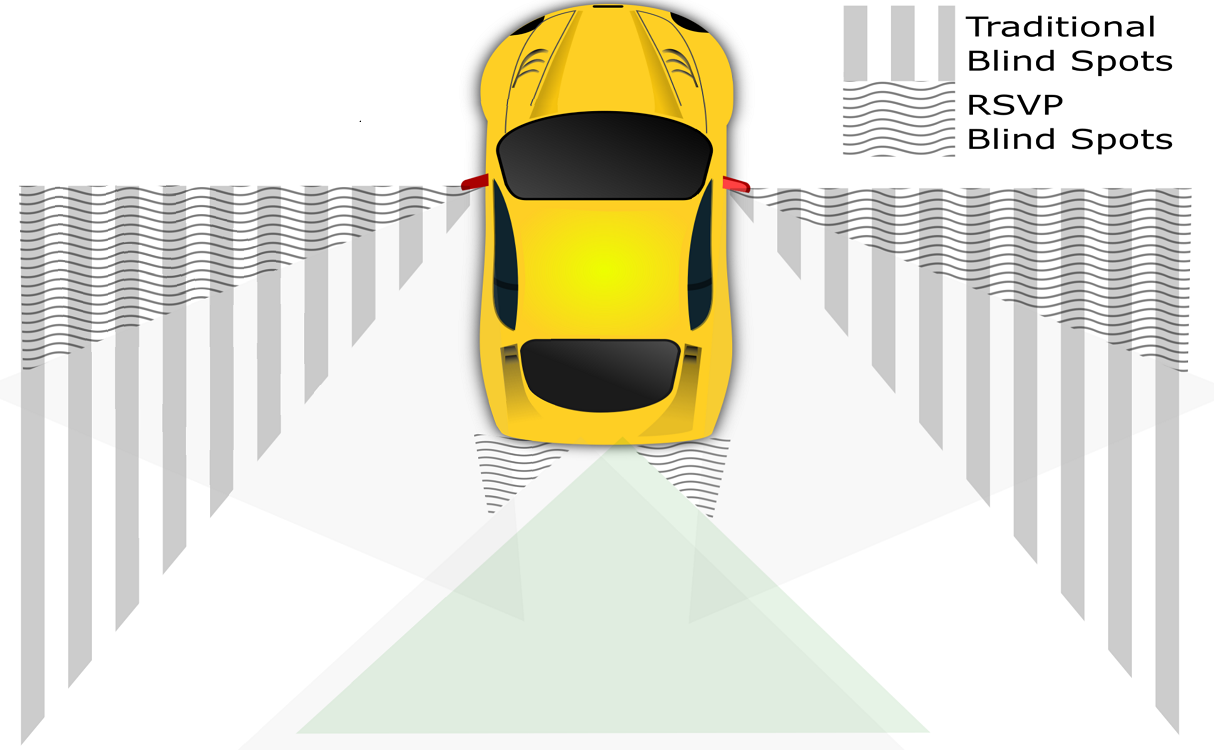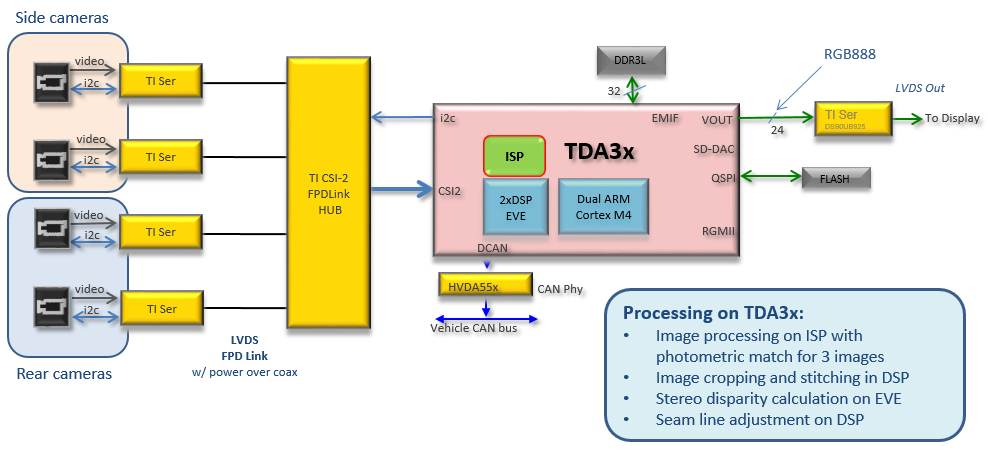SSZT958 september 2017
While today’s drivers rely heavily on mirrors to monitor their surroundings, tomorrow’s drivers may be able to leverage more advanced systems. In fact, the National Highway and Traffic Safety Administration estimates that requiring carmakers to equip new vehicles with rearview cameras by May 2018 will save 58-69 lives each year.
Through the Alliance of Auto Manufacturers, automakers petitioned the U.S. government in 2014 to relax federal regulations requiring driver’s side and rearview mirrors in favor of camera-based systems. As I highlighted in my earlier post, “Seeing more in the mirror is not just about your perspective!,” camera-based systems offer several advantages over mirrors, including decreased wind resistance for improved gas mileage, enhanced visibility for increased safety, support for vision-based analytics, potential cost reductions and vehicle aesthetics.
A new concept is pushing mirror replacement or camera monitoring systems (CMS) even further. The idea of being able to glance in one direction or toward a single screen for key information while driving is already a reality in many automobiles, in instrument clusters, center stacks and heads-up displays. This idea can (and likely will) apply to rear-facing mirrors such as side mirrors and, of course, the central rearview mirror. While it may take some time for drivers to get used to only having to look at one central mirror/display, it could eventually become second nature, as it is today for other functions.
The concept in Figure 1 shows a segregated method that has very distinct and separate views of three cameras (left/center/right). While certainly helpful, the driver’s ability to process all of this information separately may not be as efficient; therefore, such an implementation may not be as effective and safe as it truly could be for drivers, their passengers and other vehicles on the road.
 Figure 1 Three-camera Mirror
replacement/CMS Example
Figure 1 Three-camera Mirror
replacement/CMS ExampleBut what if the three views weren’t so segregated, and were actually “stitched” together to provide a more seamless view of the driver’s surroundings? See Figure 2.
 Figure 2 Rear-stitched View Panorama
(RSVP) Display, with Virtual Vehicle Graphic Overlay for Relative
Positioning
Figure 2 Rear-stitched View Panorama
(RSVP) Display, with Virtual Vehicle Graphic Overlay for Relative
PositioningThe stitched view shown in Figure 2 offers drivers a more natural way to perceive their surroundings, shown in the already-familiar rearview mirror location. This view is also more pleasing to the eye relative to the segregated method shown in Figure 1.
While the RSVP solution may still be considered a concept, it provides a strong proposition for displaying a highly coherent rear-facing view from a common, single point in the vehicle, and also greatly reduces blind-spot regions for drivers compared to traditional mirrors. See Figure 3.
 Figure 3 RSVP vs. Traditional Blind
Spots
Figure 3 RSVP vs. Traditional Blind
SpotsThis video, recorded at the 2017 Consumer Electronics Show (CES) in the Texas Instruments Village, demonstrates the RSVP concept.
It’s possible to achieve RSVP functionality with one of TI’s TDA3x system on chips (SoCs), a few FPD-Link devices and four digital cameras; see Figure 4. The TDA3x is based on a highly efficient heterogeneous architecture that includes an integrated image signal processor (ISP), C66 DSPs, an embedded vision engine (EVE), Camera Serial Interface (CSI)-2 and much more. The active image processing afforded by the highly integrated TDA3x SoC presents a much clearer and consistent image through an entire range of lighting and weather conditions.
 Figure 4 RSVP System Block
Diagram
Figure 4 RSVP System Block
DiagramAn IEEE paper, “Rear-stitched view panorama: a low-power embedded implementation for smart rearview mirrors on vehicles,” describes this system’s details and associated processing within a power envelope of only a couple of watts. If you need additional processing, you can scale your system and associated software to the upcoming TDA2Px family, which combines the integrated ISP of the TDA3x with the extended computing and analytics capabilities of the TDA2x family.
Additional Resources
- Watch other ADAS demonstration videos.
- Read these TI E2E™ Community blog posts:
- “Vehicle vision: beyond the crystal ball?”
- “TDA ADAS solutions enable a safer driver experience.”
- Download these white papers:
- “Stepping into next-generation architectures for multicamera operations in automobiles.”
- “Making cars safer through technology innovation.”